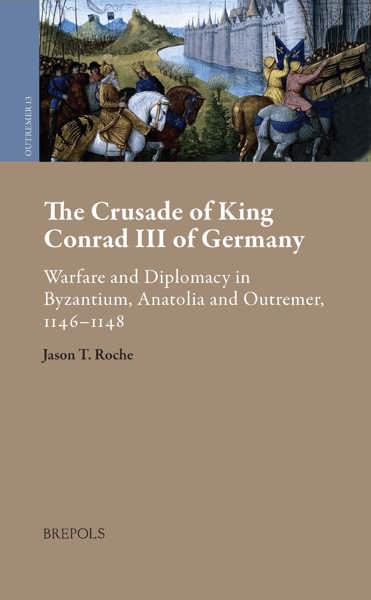
Medieval Livonia
History, Society and Economy of a Territory on the Baltic Frontier
Anti Selart, Alan V. Murray (eds)
- Pages: 412 p.
- Size:156 x 234 mm
- Illustrations:37 b/w, 17 col., 1 tables b/w., 7 maps b/w
- Language(s):English
- Publication Year:2025
- € 95,00 EXCL. VAT RETAIL PRICE
- ISBN: 978-2-503-57806-4
- Hardback
- Available
- € 95,00 EXCL. VAT RETAIL PRICE
- ISBN: 978-2-503-57807-1
- E-book
- Available
Anti Selart (PhD 2002, University of Tartu) is Professor of Medieval History at the University of Tartu. His research topics include the Baltic crusades and interconfessional relations in East Central Europe in the Middle Ages and in the sixteenth century. He has recently published the edited volume Baltic Crusades and Societal Innovation in Medieval Livonia, 1200–1350 (Brill, 2022).
Alan V. Murray (PhD 1988, University of St Andrews) is Professor of Medieval European History at the University of Leeds. He is the author of numerous studies on crusade and mission in the Baltic region and on medieval German language and literature, and is the editor of the essay collections Crusade and Conversion on the Baltic Frontier, 1150–1500 (Ashgate, 2001), The Clash of Cultures on the Medieval Baltic Frontier (Ashgate, 2009) and The North-Eastern Frontiers of Medieval Europe: The Expansion of Latin Christendom in the Baltic Lands (Ashgate, 2014).
The territory known as Livonia, on the eastern shore of the Baltic Sea, emerged as a result of the Baltic Crusades in the twelfth and thirteenth centuries. It was a region of multiple nations, languages and cultures, and the scene of their mutual interaction, connected to the Holy Roman Empire, the papal curia, Scandinavia and Lithuania, and mediating the Hanseatic trade with Russia. This book is a significant new study of the multiple facets of Baltic history, taking in social history, urban and rural culture, peasant economy and literacy, with novel perspectives on crusading, political history and the chief agents of power, notably the Teutonic Order. This first comprehensive treatment of Livonian history in English will serve as a valuable source of information for undergraduate and postgraduate students as well as a resource for studying the Baltic Crusades and crusader territories in general.
1. Introduction
Anti Selart and Marek Tamm
2. The Crusades and the Conquest of Livonia
Anti Selart, Ivar Leimus, Linda Kaljundi and Heiki Valk
3. Continuity and Change in the Thirteenth Century
Heiki Valk and Anti Selart
4. Bishoprics and Cathedral Chapters
Tiina Kala
5. The Teutonic Order in Livonia
Juhan Kreem
6. The Nobility and Its Corporations
Juhan Kreem
7. The Towns
Juhan Kreem, Anu Mänd and Tiina Kala
8. The Struggle for Dominance, 1300‒1400
Anti Selart
9. The Fragile Balance of Power, 1400‒1550
Juhan Kreem
10. Population
Anti Selart, Heiki Valk, Inna Põltsam-Jürjo and Ivar Leimus
11. The Rural Economy and Village Life
Inna Põltsam-Jürjo, Anti Selart and Ivar Leimus
12. Trade and Finance
Ivar Leimus
13. Crafts and Industry
Anu Mänd and Erki Russow
14. The Church and Religious Life
Tiina Kala, Marek Tamm, Anu Mänd, Heiki Valk and Inna Põltsam-Jürjo
15. Written Culture
Tiina Kala and Marek Tamm
16. Urban Culture
Anu Mänd, Inna Põltsam-Jürjo, Erki Russow and Kersti Markus
17. The Rural World
Heiki Valk and Kersti Markus
Appendix
Bishops, Masters of the Sword Brethren and Livonian Masters of the Teutonic Order
Bibliography
Index




